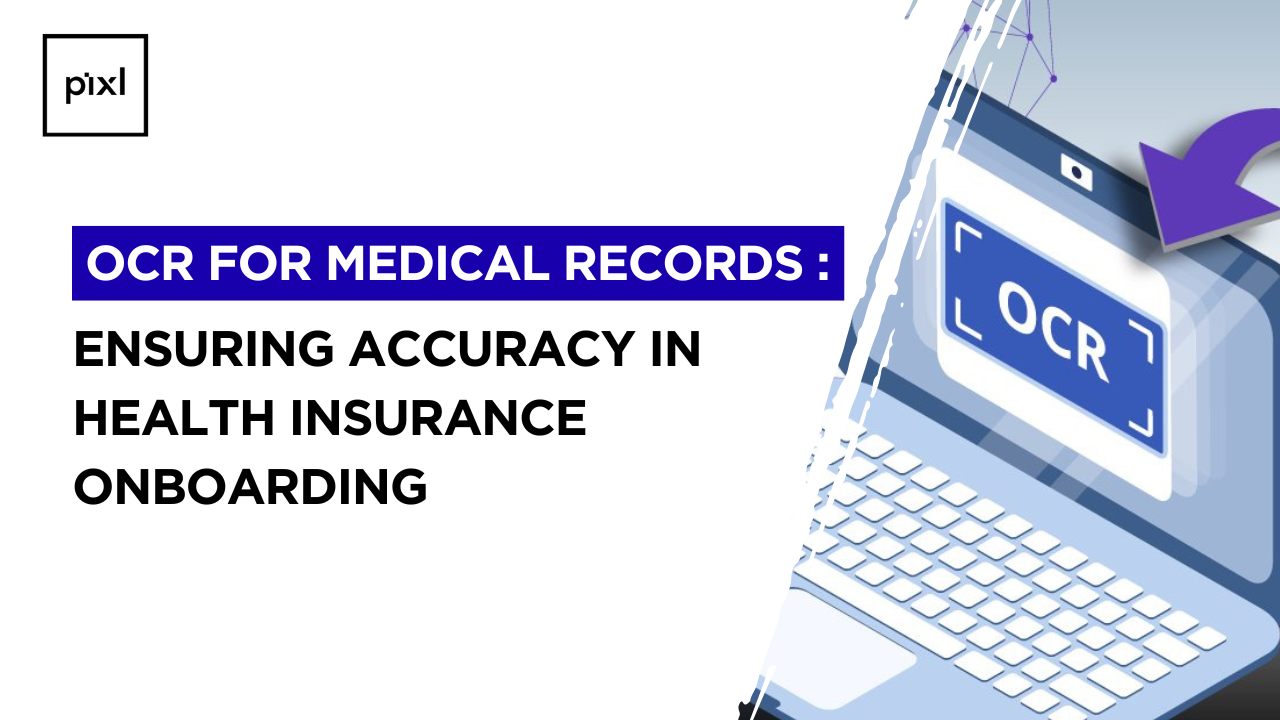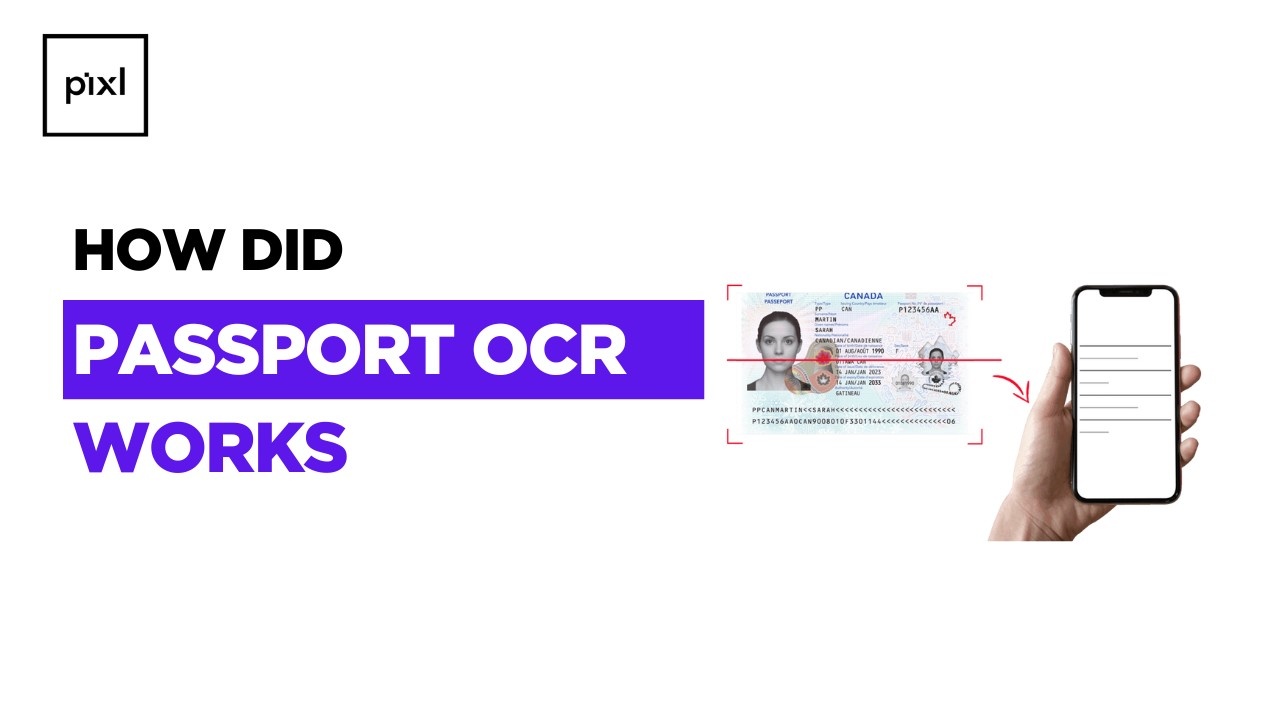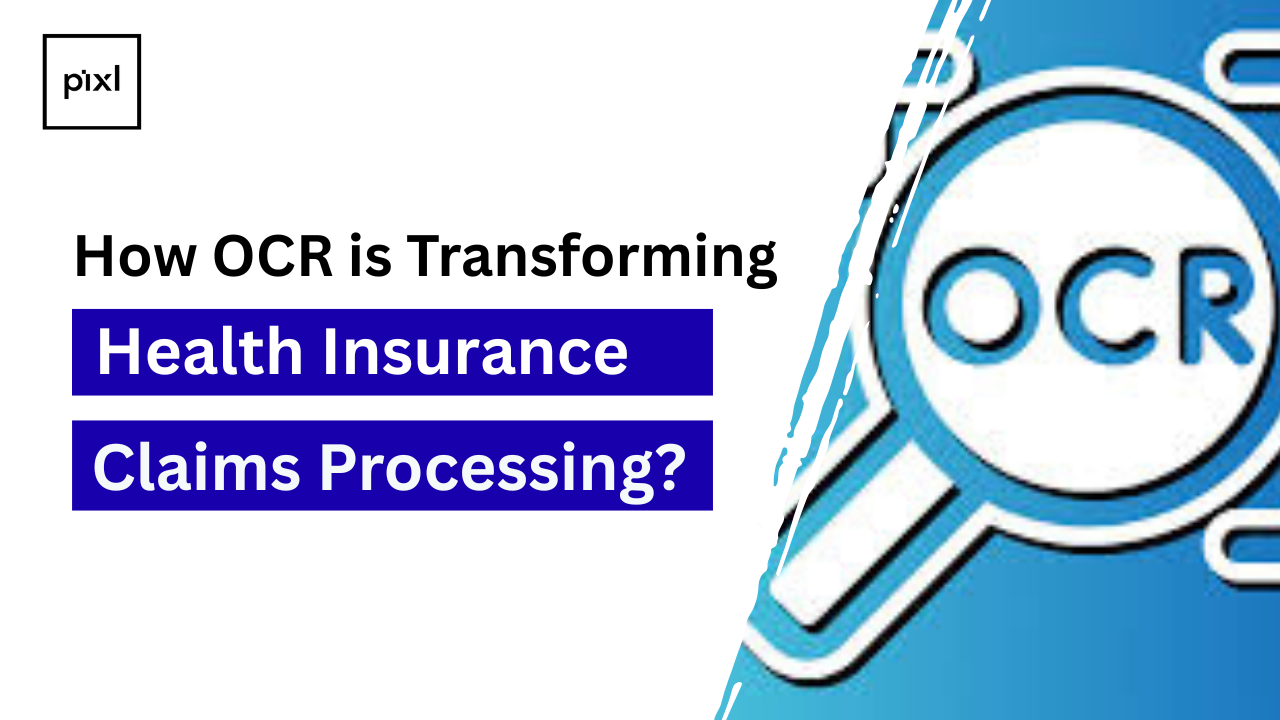The way OCR Technology helps the banking domain in taking a step forward
In today’s fast-paced digital age, industries across sectors are leveraging technology to enhance customer experiences and reduce operational costs. The banking industry is no exception. One of the most impactful innovations in recent years is Optical Character Recognition (OCR), which has transformed how banks process documents and handle data. By automating core workflows, OCR is enabling banks to offer faster, more secure, and customer-friendly services.
Introduction
OCR has become an integral part of modern banking, helping scan text from physical documents and converting them into machine-readable formats. This technology not only improves processing speed but also eliminates manual data entry errors, making banking operations far more efficient.
What is OCR?
Optical Character Recognition (OCR) is a technology that extracts text from scanned images or documents and converts it into digital, editable, and searchable text. By using AI, pattern recognition, and computer vision, OCR systems can accurately interpret different fonts, formats, and even handwritten content.
While early OCR systems could only recognize basic printed text, today’s advanced OCR—like the solutions offered by Pixl.ai—can handle a wide range of documents, including passports, PAN cards, driving licenses, and even credit/debit cards, enabling real-time document validation and data extraction.
The Role of OCR in Banking

Banks deal with a variety of documents daily—from account opening forms and loan applications to checks, invoices, and compliance paperwork. Traditionally, these were processed manually, leading to delays, errors, and higher costs. With OCR, document processing becomes automated, enabling faster decisions and improved data accuracy.
OCR Use Cases in the Banking Sector
KYC (Know Your Customer) Process
Banks must comply with strict KYC norms to prevent fraud, money laundering, and identity theft. This typically involves verifying official documents like IDs, passports, and licenses.
With OCR, this verification process is automated. For example, Pixl.ai’s Passport OCR, PAN Card OCR, and Driving License OCR can instantly extract details such as the customer’s name, date of birth, and ID number. These details are then matched against bank databases or third-party verification systems, drastically reducing onboarding time while ensuring compliance.
Our Video KYC Solution integrates these OCR capabilities, enabling real-time digital onboarding with minimal manual intervention.
Automating Check Processing
Check processing remains a key function in banking. OCR can extract information like the account number, routing number, and amount from physical or scanned checks.
This functionality powers mobile check deposits, where a customer simply takes a photo of a signed check, and the OCR system automatically captures the data and initiates the transaction. By removing manual steps, banks reduce turnaround times and offer customers a more seamless experience.
Loan Application Processing
Loan applications often involve reviewing documents like income statements, tax returns, and government-issued IDs. Manual verification is slow and prone to error.
With Pixl.ai’s OCR engine, banks can quickly scan these documents, extract key information, and feed it into internal systems for credit checks and approvals. This includes support for structured documents and even semi-structured formats like resumes—thanks to tools like our Resume Parser.
This not only speeds up the loan approval process but also minimizes human error and improves decision accuracy.
Invoice and Receipts Management
Corporate clients and banks frequently manage large volumes of invoices and receipts, especially for auditing and compliance. Manual entry of this data is labor-intensive and error-prone.
By using Pixl.ai’s Invoice OCR and Receipt OCR, financial institutions can automate data capture from various invoice layouts and receipt formats. This improves the accuracy of accounts payable/receivable workflows, supports financial reporting, and helps with digital archiving for easy retrieval.
Learn more about the benefits of invoice automation using invoice OCR
Improving Customer Experience
OCR can significantly improve how banks serve their customers. Opening a new account, submitting loan documents, or verifying identity—all of these can now be done digitally with just a photo of an ID.
Pixl.ai’s suite of OCR tools helps banks deliver digital-first services by reducing paperwork, shortening processing times, and improving user satisfaction. Whether it’s scanning a debit card, verifying a passport, or reading data from a utility bill, our OCR systems ensure a fast, secure, and seamless experience.
Benefits of OCR in Banking

Efficiency and Accuracy
OCR eliminates the need for manual data entry, reducing errors and processing time drastically. What used to take hours can now be done in minutes.
Cost Reduction
By automating document workflows, banks save significantly on labor and storage costs. Digital documents are easier to manage and require less physical space.
Enhanced Security
Storing data digitally allows for encrypted, secure access. OCR reduces the risk of document loss or theft and integrates with AI-based fraud detection systems to flag anomalies.
Future Trends in OCR for Banking
AI & Machine Learning Integration
As OCR systems integrate more deeply with AI and machine learning, they’ll become smarter—able to learn from corrections and handle even more complex documents.
Real-Time Data Processing
With real-time OCR processing, banks can make instant decisions—whether it’s approving a loan, verifying a document, or flagging fraud.
Improved Mobile Banking
OCR in mobile apps will evolve to support receipt scanning, real-time ID checks, and expense tracking, making banking more convenient than ever.
Standardization Across Borders
Global banking operations will benefit from standardized OCR systems that support compliance and seamless cross-border documentation.
Conclusion
OCR technology is reshaping how banks operate—from automating manual tasks to enhancing security and speeding up customer-facing processes. With tools like PAN Card OCR, Invoice OCR, Credit Card OCR, and more, Pixl.ai empowers banks to digitize workflows, reduce costs, and deliver faster, more secure services.
As OCR continues to evolve with AI and machine learning, it will become a foundational part of digital transformation across the banking sector.
Explore our full suite of OCR solutions to see how Pixl.ai can help your bank move toward smarter, faster, and more efficient operations.



